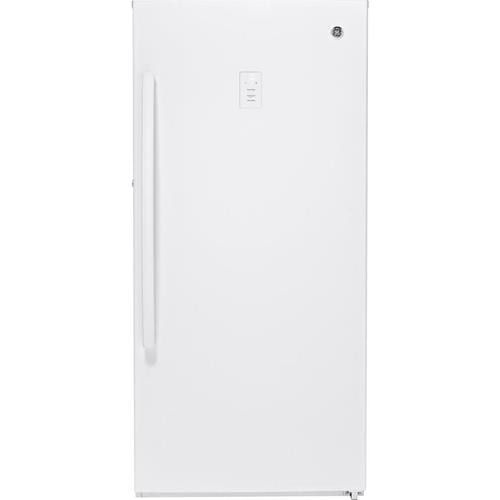
If you’re moving to a new home or buying a new freezer, you might be wondering how to transport it safely and efficiently. Freezers are large and heavy appliances that require special care and attention when moving. One of the most common questions people have is whether they can haul a freezer in a horizontal position, or if they have to keep it upright at all times.
The answer is not so simple, as it depends on several factors, such as the type, model, and age of your freezer, the distance and duration of your move, and the availability of space and equipment. In this post, we’ll explain the pros and cons of hauling a freezer in a horizontal position, and give you some tips on how to do it properly.
The general rule is that you should always transport a freezer in an upright position, as laying it down can cause damage to the compressor, cooling tubes, and refrigerant flow. However, if you have no other option, you can haul a freezer in a horizontal position for a short distance and time, as long as you follow some precautions and let it stand upright for at least 24 hours before plugging it in.
The main reason why you should avoid hauling a freezer in a horizontal position is that it can damage the cooling system of your freezer. The cooling system consists of three main components: the compressor, the cooling tubes, and the refrigerant.
The compressor is the heart of your freezer, as it pumps the refrigerant through the cooling tubes. The refrigerant is a liquid that changes into a gas as it absorbs heat from the inside of your freezer and releases it outside. The cooling tubes are thin metal pipes that carry the refrigerant between the compressor and the freezer.
When you lay your freezer down horizontally, you disrupt the natural balance of these components. The compressor oil can leak into the cooling tubes and clog them, preventing the refrigerant from flowing properly. The refrigerant can also pool in one part of the cooling tubes and create pressure imbalances. These issues can cause your freezer to lose its cooling ability or even break down completely.
Another reason why you should avoid hauling a freezer in a horizontal position is that it can cause physical damage to your freezer. Freezers are designed to be stable and balanced in an upright position, not on their sides. When you lay your freezer down horizontally, you risk denting or scratching the surface, bending or breaking the hinges, or loosening or disconnecting the wires.

While it is always best to transport a freezer in an upright position, sometimes you may have no choice but to haul it in a horizontal position. This may be because you don’t have enough space or equipment to move it upright, or because your freezer model allows for horizontal transportation.
Some freezers are more tolerant of being laid down than others, depending on their size, shape, and design. For example, chest freezers are usually more flexible than upright freezers, as they have less moving parts and more space for the refrigerant to move around. However, this does not mean that you can lay any chest freezer down without any risk.
Before you decide to haul your freezer in a horizontal position, you should check the manufacturer’s instructions or website to see if your freezer model is suitable for this type of transportation. Some manufacturers explicitly state which models can or cannot be laid down, while others provide general guidelines or warnings.
For example, GE Appliances advises that some of their models can be transported on their side if necessary, while others must never be placed horizontally. Models that must remain upright at all times include:
If your freezer model is not compatible with horizontal transportation, you should look for alternative ways to move it upright, such as renting a truck or hiring professional movers.
If your freezer model is compatible with horizontal transportation, or if you have no other option but to lay it down, you should follow these steps to minimize the risk of damage:

Q: How can I tell if my freezer is damaged after hauling it in a horizontal position?
A: Some signs that your freezer is damaged after hauling it in a horizontal position are:
If you notice any of these signs, you should contact a qualified technician to inspect and repair your freezer.
Q: How long can I store my freezer in a horizontal position?
A: You should never store your freezer in a horizontal position, as this can cause permanent damage to the cooling system and the structure of your freezer. You should always store your freezer in an upright position, in a cool and dry place, and away from direct sunlight or heat sources.
Q: Can I plug in my freezer right away after hauling it in a horizontal position?
A: No, you should never plug in your freezer right away after hauling it in a horizontal position. You should always let your freezer stand upright for at least 24 hours before plugging it in. This will allow the compressor oil and refrigerant to settle back into their proper positions and prevent any damage to the cooling system.
Hauling a freezer in a horizontal position is not recommended, as it can damage the cooling system and the structure of your freezer. However, if you have no other option, you can haul a freezer in a horizontal position for a short distance and time, as long as you follow some precautions and let it stand upright for at least 24 hours before plugging it in.
We hope this post has helped you learn how to haul a freezer in a horizontal position safely. If you have any questions or comments, please feel free to leave them below. And if you’re looking for more tips on how to use kitchen appliances and food safety, don’t forget to check out our blog at PressToCook.com!
